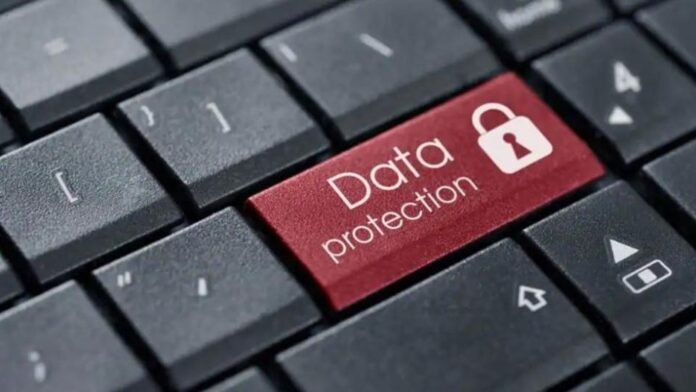The Interconnection of Security and Compliance: A Strategic Advantage
In today’s rapidly evolving digital landscape, security and compliance are often viewed as separate entities, each with its own set of challenges and objectives. However, treating them as distinct can lead to inefficiencies and increased risks. The reality is that when compliance is woven into the fabric of security operations—encompassing threat detection, monitoring, and response—it transforms from a burdensome obligation into a seamless, integrated process. This article explores how organizations can leverage advanced security solutions to turn compliance into a strategic advantage.
The Burden of Traditional Compliance
Traditional compliance methods are often tedious and labor-intensive. Organizations find themselves sifting through massive log files, enduring endless audits, and conducting time-consuming investigations. This not only drains resources but also diverts attention from core security challenges. The solution lies in adopting security analytics and automation, which can streamline compliance processes and enhance overall security posture.
The Role of Security Analytics
Security Information and Event Management (SIEM) is a cornerstone of modern compliance strategies. By ingesting, normalizing, and correlating security data in real-time, SIEM solutions provide organizations with the visibility necessary to meet logging and reporting requirements effortlessly. This visibility is crucial for identifying potential compliance violations before they escalate into significant issues.
Security Orchestration, Automation, and Response (SOAR) takes compliance a step further by ensuring that organizations can respond to incidents efficiently. Automated workflows enable rapid containment of threats, preventing them from evolving into compliance breaches. This proactive approach not only enhances security but also reduces the operational burden on security teams.
User and Entity Behavior Analytics (UEBA) is another vital component, continuously analyzing user behavior to detect anomalies that may indicate insider threats or fraud. By flagging suspicious activities early, UEBA helps organizations demonstrate compliance with regulations that require proof of effective threat detection and prevention.
Industry-Specific Compliance Challenges
Every industry faces its own regulatory maze, and security teams must navigate these complexities while managing growing cyber risks.
Financial Services
In the banking and financial services sector, institutions must adhere to stringent regulations such as Know Your Customer (KYC) and Anti-Money Laundering (AML) policies. SIEM solutions play a crucial role in continuously monitoring transactions and user activity, while UEBA helps detect anomalies indicative of fraud or insider threats.
Healthcare
In healthcare, protecting patient data is paramount under regulations like the Health Insurance Portability and Accountability Act (HIPAA) and India’s Digital Personal Data Protection (DPDP) Act. SOAR enables healthcare institutions to automate incident response, reducing reaction times and minimizing the risk of compliance breaches.
Retail and E-commerce
Retail and e-commerce businesses face the ongoing challenge of maintaining compliance with the Payment Card Industry Data Security Standard (PCI DSS). With high transaction volumes and multiple access points, real-time monitoring is critical. Advanced security platforms ensure that every transaction and access request is scrutinized, minimizing exposure to fraud and unauthorized activities.
Transforming Compliance into a Strategic Advantage
Organizations that embrace a compliance-first mindset, powered by security automation and intelligence, do more than mitigate risks—they create a safer, more predictable operational environment. Compliance should not merely be about avoiding penalties; it can provide a strategic advantage.
By implementing an integrated security approach, organizations can automate compliance reporting, eliminating the scramble to gather logs or generate reports. Real-time risk detection resolves security breaches before they escalate into compliance nightmares. This enterprise-wide visibility creates a single pane of glass for security and compliance, making governance smoother than ever.
The Future of Security and Compliance
As cyber threats grow in sophistication and regulations continue to tighten, the need for an automated, intelligence-driven security strategy has never been greater. The future will see the rise of AI-driven compliance, leveraging machine learning for smart, fast regulatory monitoring. Zero-trust enforcement will ensure security at every access point, while cloud-first strategies will adapt compliance models to hybrid and multi-cloud environments.
Automated threat containment will reduce dwell time and manual intervention through AI-driven responses, and the push for global standardization will encourage businesses to adopt unified compliance strategies.
Conclusion
The future is not about choosing between compliance and security; it’s about making them one and the same. Organizations that rely on manual processes will struggle to keep pace with regulatory changes and cyber threats. An automated, intelligence-driven approach is no longer optional; it is a necessity.
Cybersecurity should not be viewed as a cost center but as a business enabler. Organizations that invest in integrated security platforms are better positioned to future-proof their operations against evolving threats. By integrating SIEM, SOAR, and UEBA, businesses can build a resilient, future-ready security framework.
When security is executed effectively, compliance follows naturally, transforming what was once a burden into a powerful asset for the organization.


